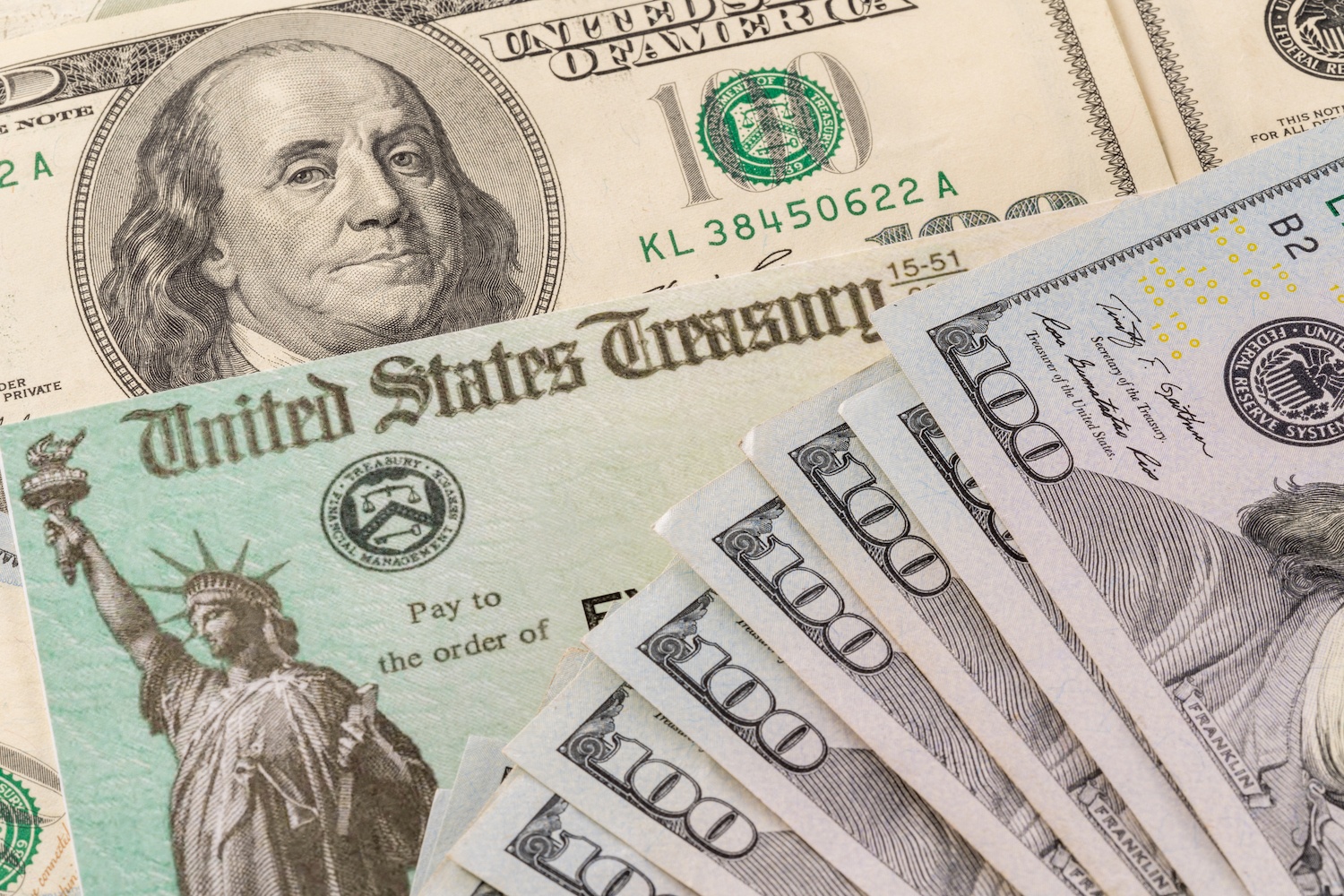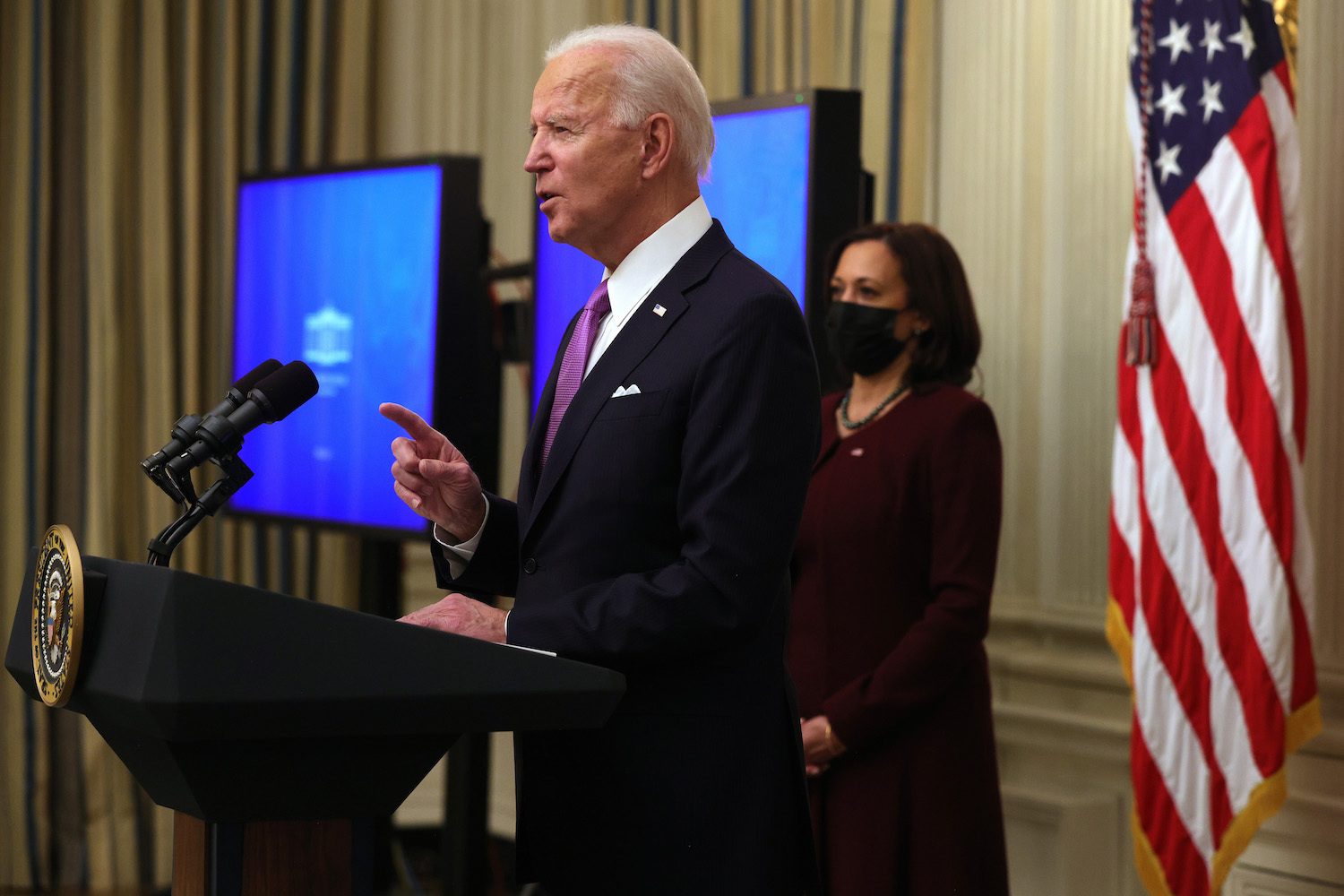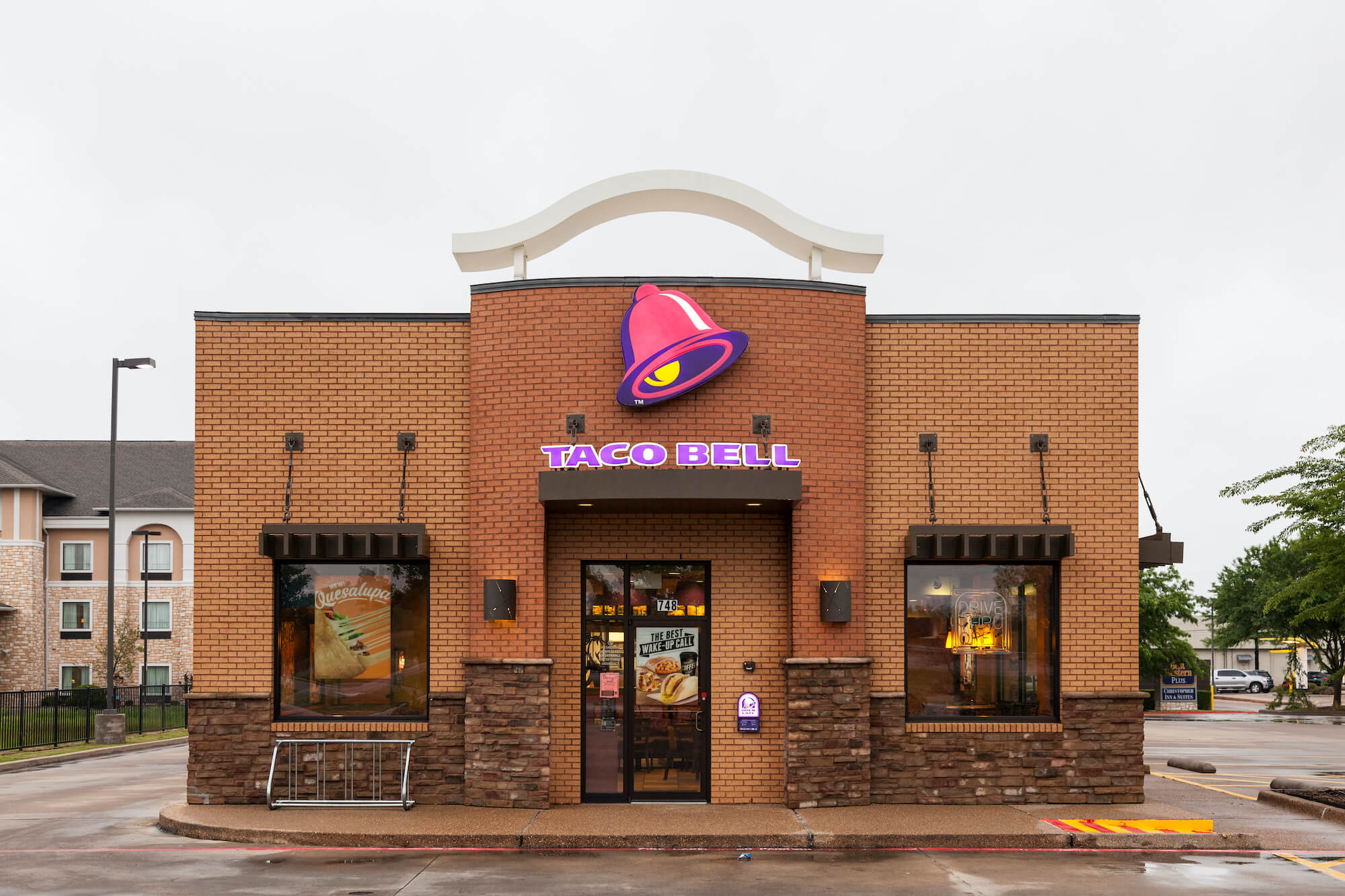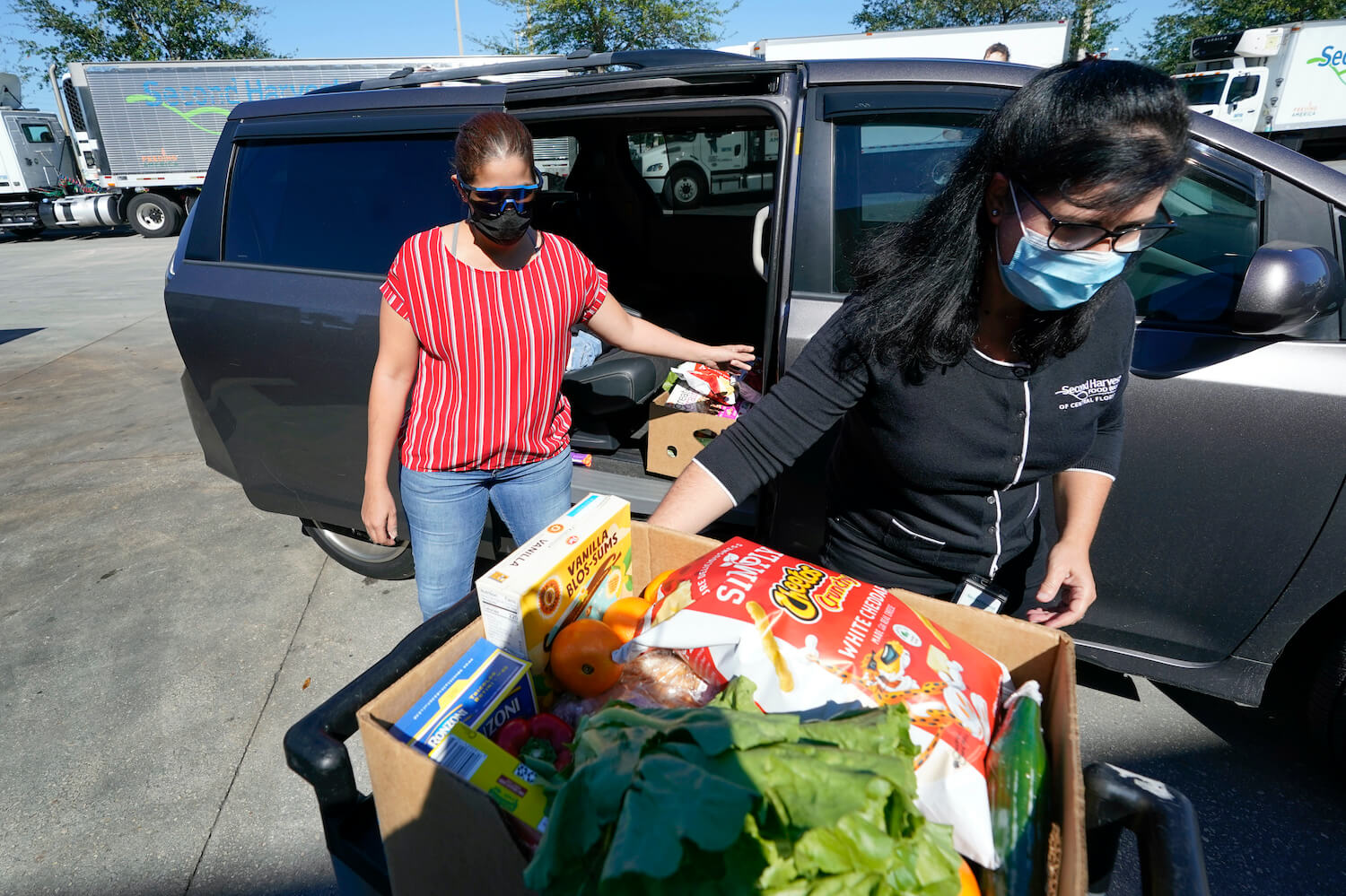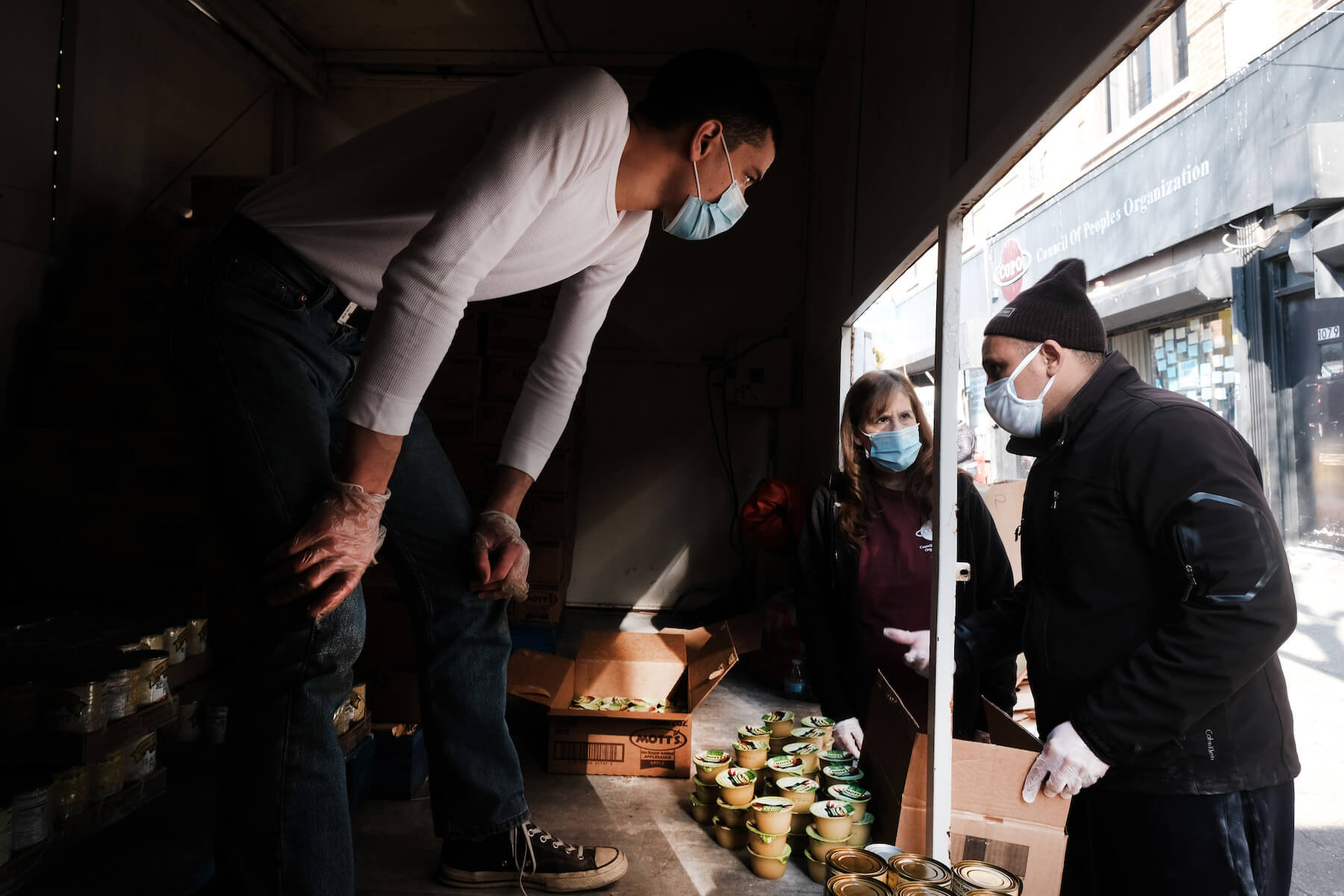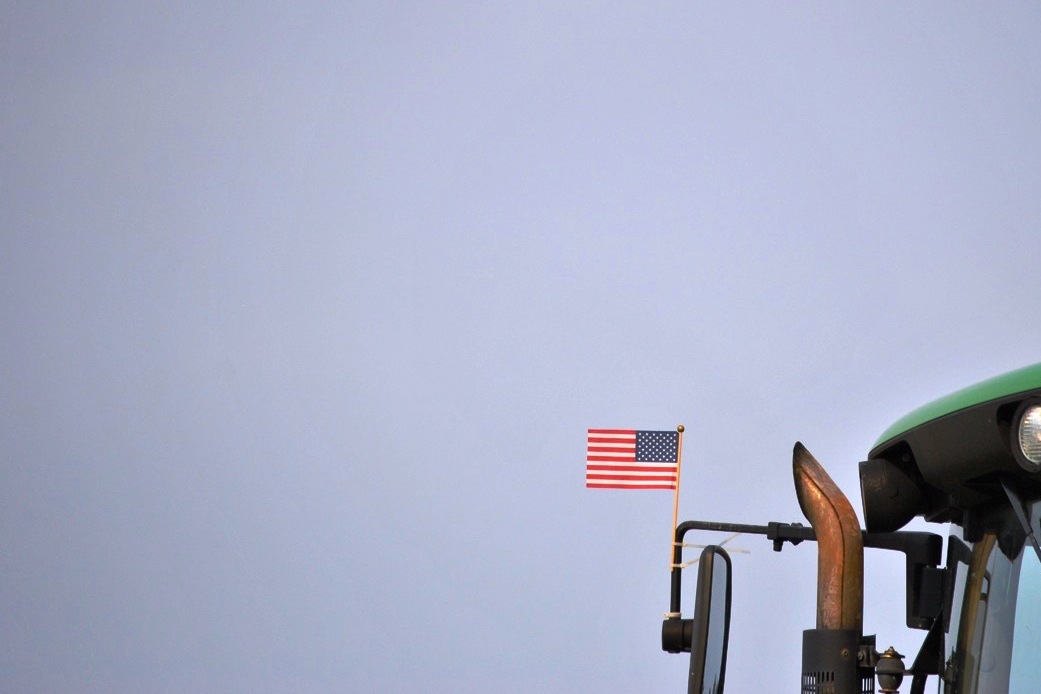Aid for restaurants, a SNAP expansion, and debt relief for Black farmers.
In less than one week, expanded unemployment benefits are set to expire for millions of Americans—but help is likely on the way. After the Senate passed its $1.9 trillion pandemic relief package over the weekend, the House, in a floor vote scheduled for Wednesday, is expected to pass the final bill along party lines. The legislation, which is known as The American Rescue Plan, would then head to President Biden’s desk, where he is expected to sign it before benefits lapse.
In addition to sending $1,400 checks to most Americans (excluding some of the higher earners who received stimulus payments under President Trump), the legislation would extend $300 weekly expanded unemployment benefits through September 6 and increase the child tax credit. President Biden’s plan to codify a national $15 minimum wage was left on the cutting room floor by the Senate, as were hopes of bumping supplemental unemployment benefits up to $400 per week.
With its emphasis on aid for families and state and local governments, this bill focuses less on support for businesses than previous relief efforts. However, it does include a few pots of money earmarked for private industry—namely, $28.6 billion for restaurants and bars. Here are the key takeaways for food and farming.
No restaurant group or chain can collect more than $10 million total. According to the Senate version of the bill, aid money will generally be “equal to the pandemic-related revenue loss” of each restaurant.
$29 billion in restaurant relief. Restaurant owners have been lobbying for an industry-specific relief fund (in addition to the Paycheck Protection Program and Economic Injury Disaster Loans), arguing that their businesses have been disproportionately impacted by shutdowns and social distancing measures. In the new legislation, Congress appropriated $28.6 billion for restaurants, bars, and other eating and drinking establishments. For context, the industry had drawn about $30 billion from the Paycheck Protection Program by December.
Each restaurant location will be eligible for up to $5 million in grant money, which can be used toward rent, payroll expenses, mortgage, utilities, the construction of outdoor dining areas, food and beverages, and other supplier costs. No restaurant group or chain can collect more than $10 million total. According to the Senate version of the bill, aid money will generally be “equal to the pandemic-related revenue loss” of each restaurant. Expect a mad dash for the funds: the Independent Restaurant Coalition has cited estimates that the industry has lost over $219 billion in sales since the start of the pandemic, meaning the relief money may cover only a fraction of losses. The relief also comes too late for many of the 110,000 establishments that have already closed their doors forever.
Unlike the Paycheck Protection Program, which disproportionately funded fast food franchises, this restaurant relief is limited to independent restaurants and chains with fewer than 20 locations. The legislation also earmarks $5 billion for small restaurants, defined as having gross receipts totaling less than $500,000 in 2019. During the first 21 days, the Small Business Administration will prioritize applications from businesses owned by women, veterans, and those who are “socially and economically disadvantaged.”
On the nutrition side, it extends an existing 15 percent increase in Supplemental Nutrition Assistance Program (SNAP, formerly food stamps) benefits for all participants until the end of September.
The aid comes as governors in some states have loosened mask mandates, reopening restaurants at 100 percent capacity as Covid-19 cases decline nationwide. And though some have argued that the federal government should pay restaurants to stay closed, the bailout money does not come bundled with any such guardrails. Just last week, the Centers for Disease Control presented fresh new evidence linking indoor and outdoor dining with the spread of the virus.
$4 billion for Black farmers. The bill includes a pot of money for debt relief to Black farmers and other farmers of color. This is a huge one—and unprecedented at the United States Department of Agriculture. We’ve written a separate story about it, and The Counter’s Jessica Fu has the details here.
[Subscribe to our 2x-weekly newsletter and never miss a story.]
Anti-poverty measures including SNAP expansion. Though it fell short of raising the federal minimum wage above $7.25 per hour, the new stimulus bill includes substantial anti-poverty measures that Democrats hope to extend beyond the end of the pandemic. On the nutrition side, it extends an existing 15 percent increase in Supplemental Nutrition Assistance Program (SNAP, formerly food stamps) benefits for all participants until the end of September. It also provides more money to help grocery stores take SNAP online and extends Pandemic EBT, a program that sends food money to families of children who typically rely on free school meals.
It’s likely the largest portion of this money will go toward purchasing food for redistribution to food banks and other nonprofits, a la the Farmers to Families Food Box Program.
Perhaps even more significant is the one-year increase of the Child Tax Credit, to $3,000 per year for each child aged 6 to 17, which would impact an estimated 93 percent of children and will likely be disbursed in the form of monthly checks to parents. The Washington Post has a rundown of how each stimulus bill has impacted families who have lost jobs.
$4 billion for the supply chain. The relief package appropriates $4 billion for a handful of supply chain support measures, including grants and loans for personal protective equipment, funding for Covid-19 testing in animals, and help for small meat processors who have struggled to pay overtime bills to inspectors. It’s likely the largest portion of this money will go toward purchasing food for redistribution to food banks and other nonprofits, a la the Farmers to Families Food Box Program. It remains to be seen whether the Biden administration will continue to operate the program, which is currently under review, or whether it will roll out its own food aid initiative. As in previous Covid relief bills, the legislation leaves wide latitude for USDA to decide how to spend the funds.
Reminder: Tons of farm money remains unspent from the December relief bill. As we reported in December, the last stimulus package appropriated $13 billion in direct payments for farmers. The Biden administration paused those payments, which were administered through the Coronavirus Food Assistance Program (CFAP), as soon as it took office.
AgWeb reported on Friday that in addition to the $13 billion in payments announced in December, the Biden administration has also paused the rollout of $2.3 billion in payments for contract poultry and hog producers announced in the final days of the Trump administration, payments which would have been paid for using leftover money from earlier stimulus measures.
Secretary of Agriculture Tom Vilsack said on Friday that farm payments will remain on hold for at least several more weeks, adding that he was waiting to see which farm aid measures would pass in the Senate. The additional $4 billion appropriated for debt relief in the new bill may alter the agency’s plans for the remaining CFAP money.
